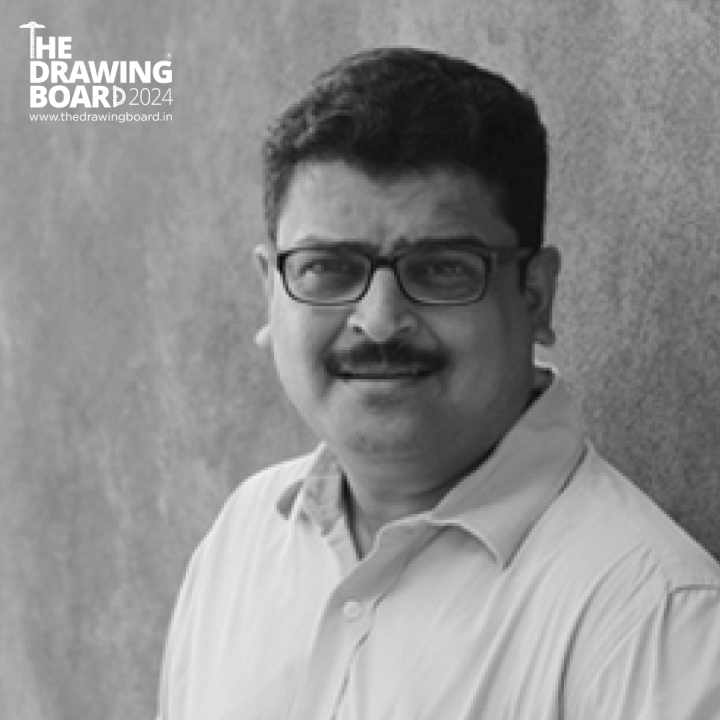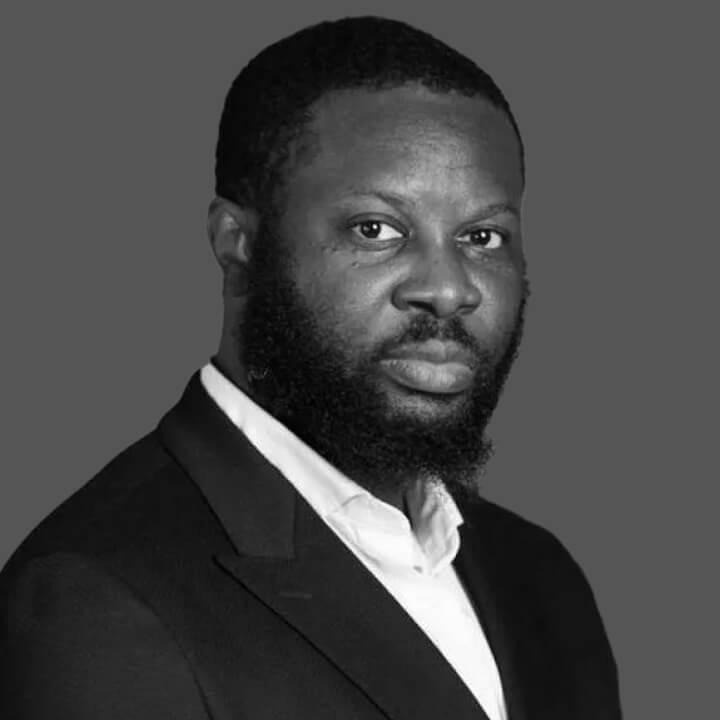EP 303 . 11 Sep 24
Importance of process in architecture
With Hans Brouwer
In the episode
- What do you see when you see the 10 Pillar Street – as an architect and as a tourist or history lover? Which aspects stand out for you?
- You have a strong emphasis on “the process”. You say this process is truly creative because the end is not known at the beginning. Can you unpack this for us?
- At HB Design, you emphasize the importance of context and site in shaping architectural outcomes. How do you balance the need for innovation with the preservation of cultural heritage in a project?
- You deeply engage with clients in the design process, how would you involve a community or stakeholders in a project like the restoration of Madurai’s Pathu Thoon Lane?
- Assuming Designers or specialists are generally aware of the pros and cons of various solutions and living on tradeoffs. Given the expertise, what amount of community involvement is apt – because, if we go and ask people, they will want faster horses while the solution could be inventing a car.
- I am very curious to know about BIM – What is building information modeling? How does it help in the process and over all practice at HB Design?
- With BIM being such an integral part of HB Design’s process, how do you see technology aiding in the preservation and restoration of culturally significant sites?
- You are working in South east Asia where we are seeing a lot of innovation with great emphasis on green infrastructure. What are a few trends in the technology and architecture industry which can be applied to this complex network of communities and historical 10 pillars?
- In the future world if AI, which faculty should young architects need to build to accept or reject AI proposals assuming they have the analog context of climate change and other challenges? Especially with AI, machines can simulate and build imaginary landscapes and more…
About Hans Brouwer
Welcome to a new series, “Footprints of History”. The Drawing Board, with whom I am partnering for the 3rd consecutive year, brings this series to you. The Drawing Board is an international architecture competition based in India where students can test their understanding and skills in shaping how communities live and thrive while preserving local heritage. TDB has been actively running an Architecture competition for undergraduate students since 2016. It is conceptualised by Mindspace Architects and Rohan Builders. This year, which is the 9th edition of the competition, the design brief revolves around redesigning the Pathu Thoon Lane in Madurai (Tamil Nadu, India) also known as “10 Pillar Street”. This site is somewhere between the Meenakshi Temple and Thirumalai Nayakar Place. The design challenge is to restore and integrate the lane’s cultural heritage, emphasizing these 10 pillars. The submission deadline is 16th September 2024. More details on thedrawingboard.in
Ludwig Mies, the German-American architect, once said “Architecture is the will of an epoch translated into space.” And this quote aptly describes our today’s guest. Today we’re joined by Hans Brouwer. Hans, originally from Hong Kong, is a distinguished architect with a global footprint. He studied architecture in Switzerland and the University of Southern California, where he graduated top of his class. Hans spent his early career with Sir Norman Foster, contributing to landmark projects like the Century Tower in Tokyo and Commerzbank Headquarters in Frankfurt. In 1995, he founded HB Design, later relocating to Singapore, and expanded to regional offices in Phuket and Bangkok. An award-winning architect, Hans also teaches at the National University of Singapore and frequently speaks at industry events.
Reference
- https://www.hbdesign.biz/
- https://zakworldoffacades.com/speaker/hans-brouwer/
- https://www.linkedin.com/in/hans-brouwer-70b6b0a7/?originalSubdomain=sg
- https://www.designandarchitecture.com/article/hans-brouwer.html
- https://www.re-thinkingthefuture.com/architect/hb-design/
- https://www.youtube.com/watch?v=srX9bcl10MI
- https://www.instagram.com/rohanbuilders/
- https://www.instagram.com/mindspacearchitects/
- https://www.instagram.com/thedrawingboard.in/
- https://thedrawingboard.in/
- https://www.youtube.com/playlist?list=PLFIgtET-7ZIzMxVo0EeOdO3NaG-g0V2ve
- https://audiogyan.com/




